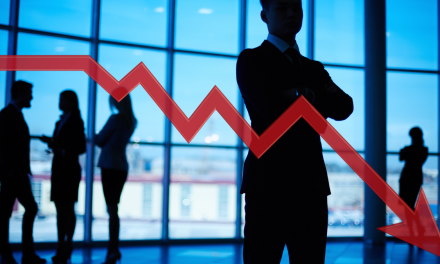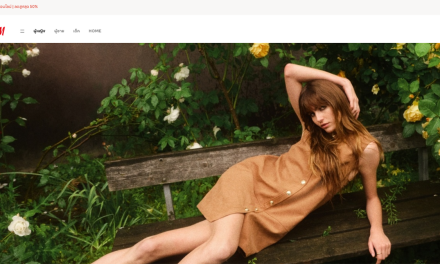The brands of tomorrow will be digitally creative, commit to do better, and build more human relationships with their customers.
Whether it’s the latest meme coins, NFTs, or the metaverse — powerful new trends have captured wide attention in the past months. Hype or not, brands and marketers have already started to dabble actively in those areas. Several brands have kicked off initiatives, taking advantage of the growing interest created around these and other trends that will define 2022.
Adidas is collaborating with the Bored Ape Yacht Club and launching an NFT collection; Burger King and Robinhood are giving away cryptocurrency, while Facebook directly renamed itself Meta, claiming a leading role in this new space. Beyond that, we also see the emergence of themes such as anthropomorphism, virtual influencers, and digital placemaking.
To be clear, it’s still early days and technology is far from being able to provide a fully immersive digital experience. The land grab has started nevertheless and luxury brands are already competing for the most coveted locations. Gucci acquired virtual real estate in The Sandbox metaverse, and is reportedly planning to roll out digital fashion to be used in its Vault project.
New loyalty programmes
More brands will search for ways to expand return on investment (ROI) in the space. For the 2021 International Motor Show IAA, BMW created Joytopia, a virtual world and “digital escape,” where visitors could design their own personal avatars, discover the future of mobility, and join an exclusive Coldplay concert. The job market for marketing specialists is already running hot, and the creative agency Very Serious Partners is offering virtual office space in the Decentraland metaverse so that ad agencies can look for new business and personnel “on site”.
A top trend in our 2022 marketing forecast are crypto rewards, which have become the new loyalty programme for millennial and Gen Z shoppers. More companies integrate digital tokens into their business models. The Brave browser offers crypto to users that are willing to watch ads. Northern Pacific Airlines rewards frequent flyers with flycoin tokens that can be traded against other crypto.
Sports teams have started giving away fan tokens and NFTs. Holders can participate in trivial decisions over goal jingles or special shirt designs, while owning a piece of their club on the blockchain. The NBA team Dallas Mavericks has minted unique NFTs of its players that fans can trade among each other. For clubs, this opens possibilities for new forms of engagement, and also additional revenue.
Influencers everywhere
In 2022, the global ad market is expected to grow by slightly more than 9%, according to Zenith Media. Digital advertising will account for over 60% of ad spend, while social media will likely overtake TV for the first time. TikTok continues to rule and its stars extend their reach to bigger screens and beyond. Its influencers are launching movies and programmes on Netflix and Amazon. Atmosphere TV in the US is feeding short videos to hotels and restaurants. Marketers need to pay attention to the social phenomenon, screening it for trends and building relationships with its creators.
Alternatively, you can now also pick a virtual influencer. Prada has Candy, while Alibaba presented Dong Dong at the Beijing Winter Olympics. We expect to see celebrity digital twins and digital doubles more naturally appear in ads and events. 77% of Southeast Asians are very or somewhat interested in following virtual influencers in social media, 40% find it “cool”.
Even more bizarre is the area of anthropomorphic marketing. The firm Invisible Universe created a virtual dog character after the real-life pet of actor Jennifer Anniston, who uses the character to engage with her fans. Going forward, more brands will turn to a more human appearance, as it helps them to connect better emotionally with their consumers and become more authentic.
The world is healing
On the other hand, we are now also seeing companies quit the boisterous world of social media. Cosmetics brand Lush, among others, brought up ethical concerns for its decision to leave Facebook, Instagram, TikTok, and Snapchat, which could potentially tarnish its image built around the concept of “healing.” Would this be just a fleeting trend or something that could gain momentum?
“De-growth” describes the mindset that less is better. Large parts of the society turn away from excessive consumption and an overly materialistic lifestyle. Only change towards more sustainable habits will save the planet. Consumers expect brands to be transparent and authentic about how they are doing good and contribute to society.
People won’t care if 75% of brands disappeared, Havas Group found in a recent study. Marketers therefore need to think about how they can make a difference and act holistically. The brands of tomorrow will be digitally creative, commit to do better, and build more human relationships with their customers.



















